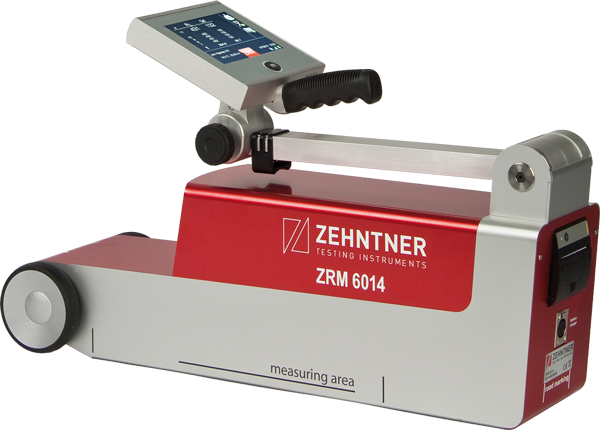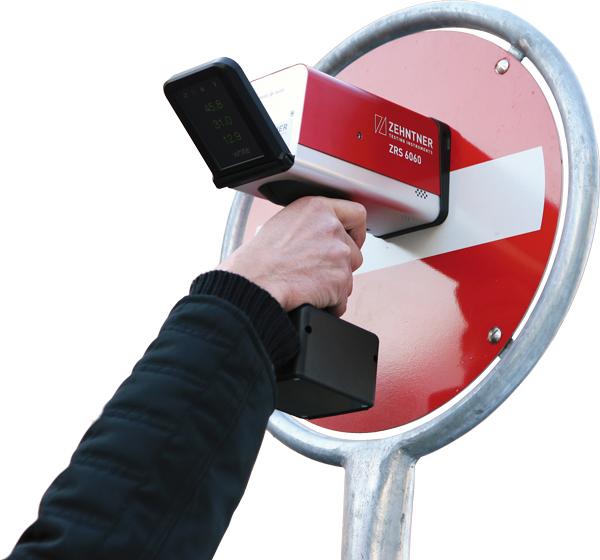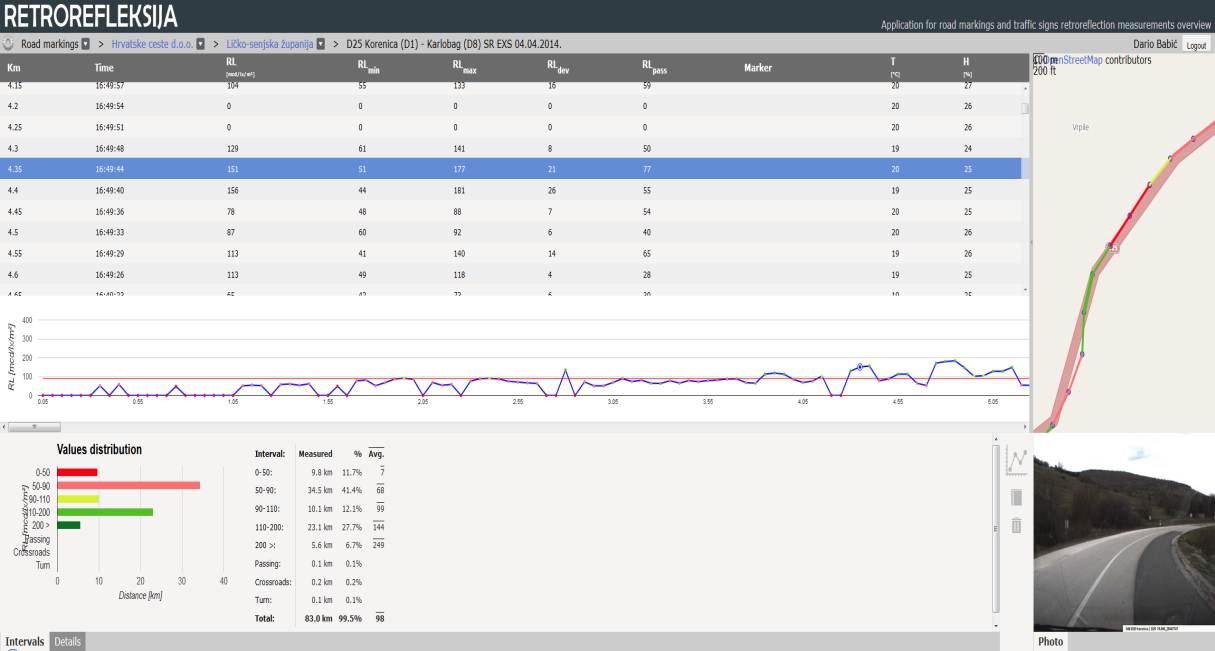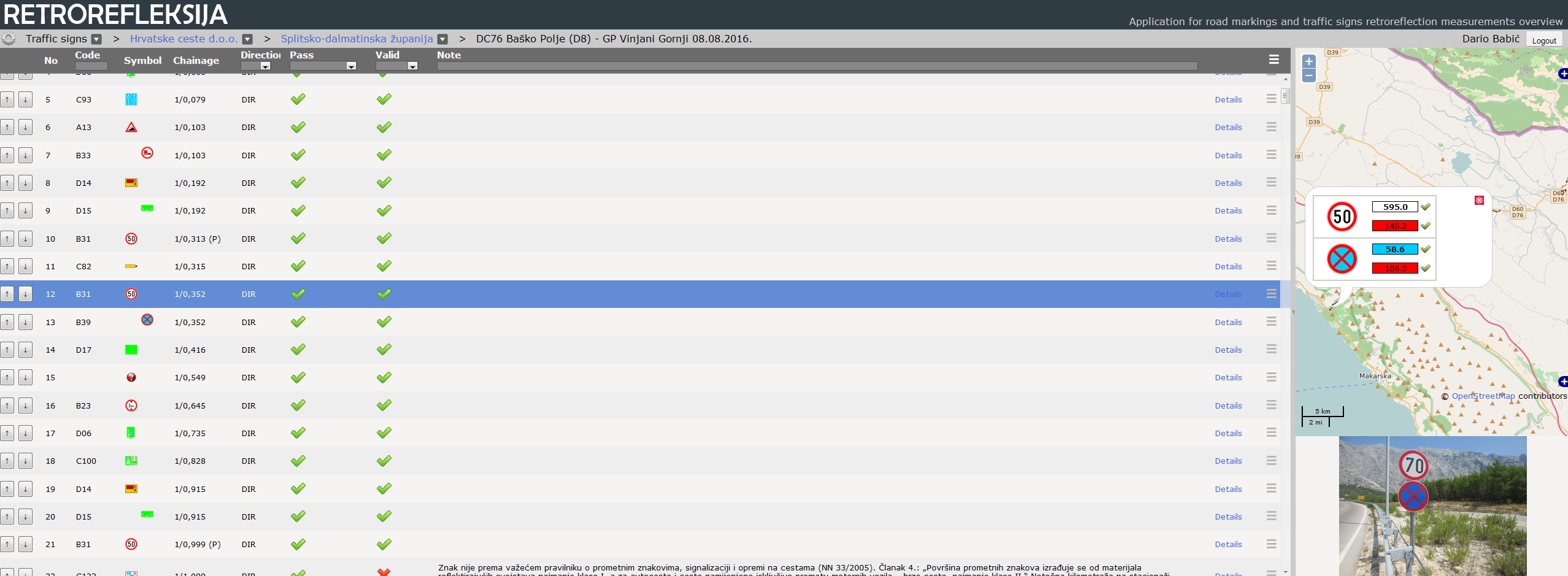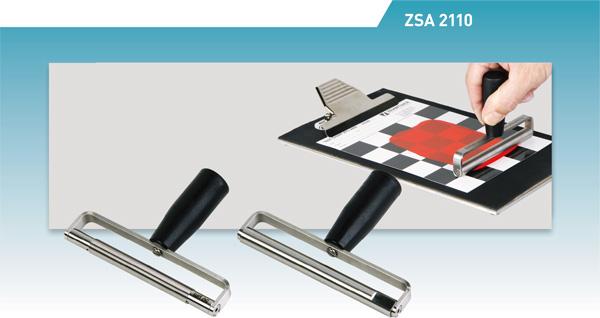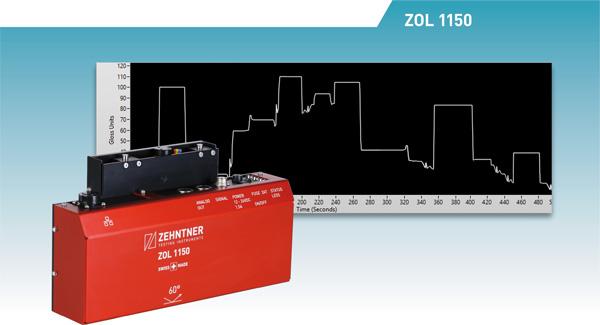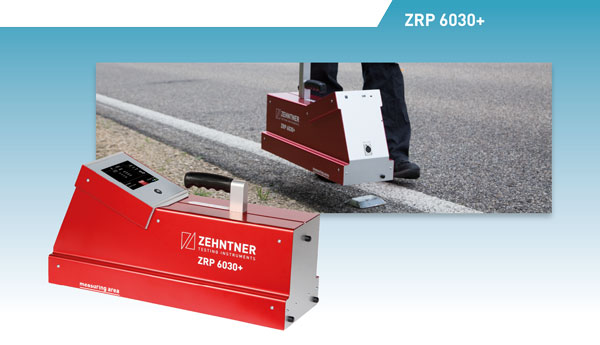Traffic signalization represents a visual guideline in traffic and affects the behaviour of all participants. Regarding road traffic, the impact of direct information comes into play more than in other traffic modes due to the large number of participants and intensity of traffic flow.
Quality, design and implementation of traffic signalization have significatn impact on the overall transport network flow, safety enhancement and behaviour of all traffic participants.
In Croatia, for more than ten years, the Department for Traffic Signalization at the Faculty of Transport and Traffic Sciences, University of Zagreb, provides detailed traffic signalization measurements. The Departments main focus is measuring the retroreflectivity of road markings and traffic signs on Croatian state and county roads as well as on highways.As Croatia is a relatively small country with a land surface of 56.594 km2, the road network is also relatively small with 1.570,10 km of highways, 6.584,60 km of state roads and 18.752,70 km of other county and local roads. Since 2010 the retroreflection of markings on Croatian state roads has been continuously measured and a total of 64.972,00 km of road markings on the state roads have been successfully evaluated by the Department. Apart from state roads, the Department has also measured 10.434,50 km of road markings on Croatian highways.
Besides dynamic, the Department also takes static meeasurements, using Zehntner's ZRM 6013 and ZRM 6014 handheld Retroreflectometer. Most static measurements are ordered by contractors for the application of road markings in need for the verification of their work.
Handheld Retroreflectometer Zehntner ZRM 6014
The retroreflection of traffic signs is measured using Zehntner's ZRS 6060 handheld retroreflectometer. These devices use LED lighting, providing a 3.5" high resolution adjustable colour touch screen and can be used for all types and colours of retroreflective material. Measurements and the corresponding GPS coordinates are stored automatically and can be evaluated with the included mapping and data analysis software MappingTools.
Using this retroreflectometer, the Department for Traffic Signalization has measured more than 137.321 traffic signs on several Croatian state roads in different counties so far.
Zehntner's ZRS 6060 Retroreflectometer for traffic sign retroreflection measurements
The department has developed the online-based application "Retroreflection" for providing a great measuring results overview combining the dynamic retroreflection measurement of road markings and the handheld measurements of traffic signs. The "Retroreflection" application enables interactive and detailed review of measuring data. The application is divided into twop fiels: road markings and traffic sings; each related to the type of traffic signalization.
The road markings model includes a digital map of the masured road which display colour coded retroreflection interval. Retroreflection interval can be set on 25 m, 50 m and 100 m in length and represents average retroreflection value of measured interval. Also, pictures or a video recording of a specific road marking measurement section respectively is shown below the map.
Retroreflection App: Detailed road marking measurements overview
Similar to the road markings the traffic signs model allows road authorities to overview traffic signs retroreflection and several technical characteristics. Also, every measurement represents a data base of traffic signs on specific roads.
Retroreflection App: Detailed sign marking measurements overview
All measurements taken by the Department are uploaded to the "Retroreflection" application to the corresponding field. With this, road authorities can easily and systematically see what has been measured, including a detailed measurement overview which can help them in optimizing the maintenance process.
To conclude, the main advantages of the newly developed "Retroreflection" application are:
- on-line review of the results on an interactive map, completed with an automatic report
- easier and faster data entry and delivery to end user
- elimation of CDs or DVDs that have been used as a medium for the results delivery
- detailed statistical data analysis on various predefined parameters
- optimization of maintenance process
- review of critical places
- cost reduction
- prioritization of maintenance etc.
Furthermore, the Department uses several other Zehntner products for quality checking and testing road markings usch as: ZRM 1021 for field tests of the luminance factor β, ZMM 5000 for the rapid determination of the road markings dry film thickness and the ZMK 5050 testing kit for all other quality related testing of road markings. Mentioned instruments are mostly used for contractor's control before and during the application of markings.
From all obive it is important to understand that road markings and traffic signs are investment both economic and social. However, using the services of the Department, you can achieve that money is only spent in areas where it is necessary to improve the quality of the road infrastructure to meet the necessary safety targets.
Please contact us to get a quote for providing any of the above mentioned services. Further information is avialable at www.fpz.unizg.hr.
Author: Dario Babić, mag. ing. traff.
Company: Department for Traffic Signalization, Faculty of Transport and
Traffic Sciences, University of Zagreb, Croatia
Telephone: 00385 91 547 3348
Email: dario.babic@fpz.hr
Website: www.fpz.unizg.hr




